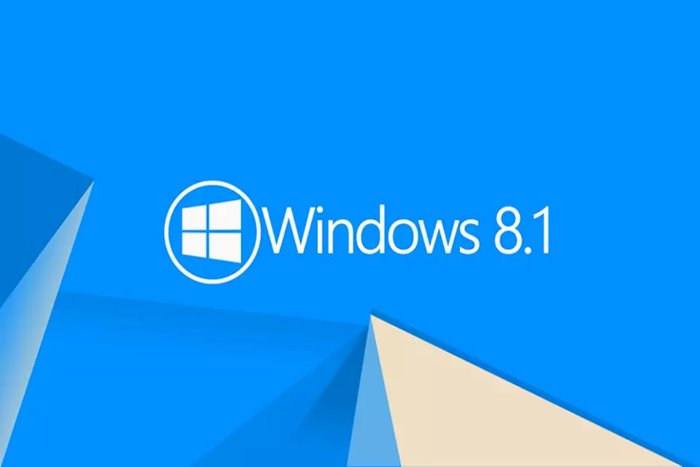Microsoft Started Working On Windows 8 In Early 2010, And Now A Video Of The Early Concept Designs Of This Operating System Is Available.
About ten years have passed since the release of Windows 8, The operating system that Microsoft tried to turn into one of the platforms for tablets. While we’ve seen two more major versions of Windows since then, Steven Sinofsky, the former head of Microsoft’s Windows division, has shared images of an early concept design for Windows 8 in a new video. These images show screenshots of the Start menu, multi-monitor support, file browser, Internet Explorer, and more.
The Verge writes Microsoft started the development process of Windows 8 in the spring of 2010. The company also hosted an event at the Seattle Convention Center in which about five thousand members of the Windows enterprise team were present. Sinofsky explains:
The video was broadcast as the meeting ended and the team left the Seattle Convention Center. These plans were the result of months of planning for the release of the Windows 8 project and the display of its most essential features.
The new start menu was one of the first concept images shared in this video. Microsoft had designed this part to provide better functionality in Windows 8 and devices equipped with a touch screen. Of course, users did not welcome this change because Microsoft had made it more challenging to access that page by removing the traditional Start button.
In another of these concept images, the start button can be seen in its usual place next to the touch panel.
Additionally, the taskbar concept shown in the above video supports multiple monitors and wallpapers. There’s even an updated Task Manager that’s very different from today’s version. Microsoft never offered this particular Task Manager, and with Windows 11, it made significant changes.
These cs represent Microsoft’s initial efforts to move towards the operating system that eventually ended up with the release of Windows 8. The presence of the start button shows that removing this key element was not always on the agenda.
The company eventually brought the Start button back to Windows 8.1, but the operating system will be remembered for Microsoft’s troubled attempt to remake Windows for tablets.

